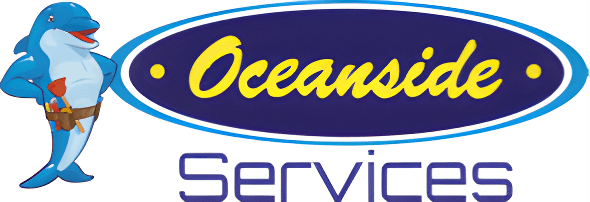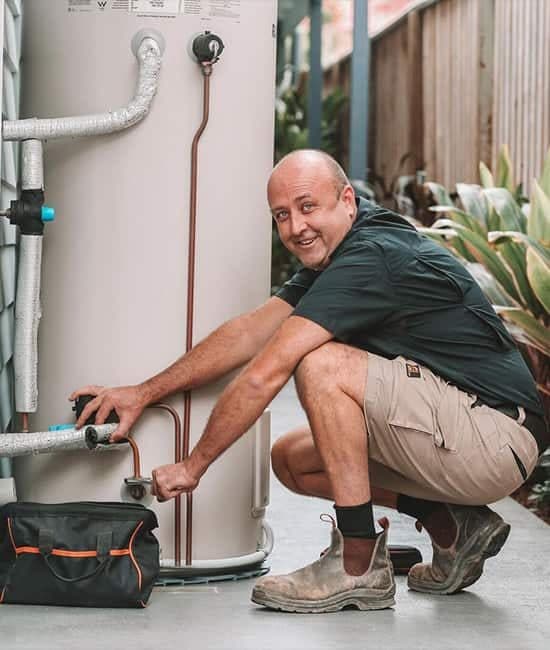When selecting a hot water system, homeowners often face the challenge of choosing between different models, particularly when considering long-term performance and maintenance. In Australia, choosing between a Rheem Electric Stainless Steel water heater and a Standard Vitreous Enamel model is a common dilemma, especially as both offer unique advantages suited to varying needs. Let’s break down the main factors that make one model stand out, helping you decide which option best fits your home and lifestyle.
Corrosion Resistance & Maintenance
One of the primary differences between Rheem’s stainless steel and vitreous enamel models is how each handles corrosion. In the Australian market, where environmental conditions can be harsh, corrosion resistance plays a significant role in the longevity of your water heater.
- Stainless Steel Models: Rheem’s stainless steel water heaters are highly corrosion-resistant. Unlike vitreous enamel models, they do not require a sacrificial anode, which helps to prevent rust. This results in fewer maintenance requirements over time.
- Vitreous Enamel Models: These models come with a sacrificial anode, which needs replacement every 3-5 years to prevent internal corrosion, adding to the ongoing costs and upkeep.
Stainless steel tanks reduce maintenance needs and ensure the unit remains in good working condition longer, making them a smart choice for busy homeowners looking to avoid frequent servicing.
Installation Ease & Weight Considerations
When it comes to installation, the weight of the water heater can significantly impact labour costs and ease of handling, particularly for homes with limited space or access.
- Stainless Steel Models: One of the standout features of Rheem’s stainless steel water heaters is their lightweight design. These models are up to 40% lighter than vitreous enamel options, making installation faster and more straightforward.
- Vitreous Enamel Models: While effective, these models are notably heavier, often leading to increased installation times and potentially higher labour costs.
For homeowners in Australia, particularly in areas where access may be tricky, the lighter stainless steel tanks can reduce the complexity of new installations and replacements, translating to lower upfront costs.
Energy Efficiency & Running Costs
In a country like Australia, where energy efficiency is a priority, comparing the running costs of each system is crucial. Rheem’s stainless steel and vitreous enamel models offer reliable heating, but their insulation properties differ.
- Stainless Steel Models: Known for superior insulation, stainless steel water heaters help reduce heat loss, which means the system uses less energy to maintain water temperature. This leads to lower energy consumption and running costs.
- Vitreous Enamel Models: While still efficient, vitreous enamel models don’t insulate like stainless steel, often resulting in slightly higher energy usage over time.
Choosing a more energy-efficient option can provide long-term savings on electricity bills, making stainless steel a clear winner for eco-conscious homeowners.
Warranty & Durability
The longevity of a water heater is a critical factor, especially when considering the investment required for such an essential home system. Both stainless steel and vitreous enamel models offer different warranty lengths and durability expectations.
- Stainless Steel Models: Rheem’s stainless steel water heaters come with a generous tank warranty of up to 12 years, reflecting their robust construction and long-lasting performance.
- Vitreous Enamel Models: These systems typically have a shorter warranty period of up to 7 years, reflecting their lower durability compared to stainless steel.
For homeowners seeking a long-term solution, stainless steel models are a cost-effective option due to their extended warranty and reduced need for repairs.
Environmental Impact & Recycling
Sustainability is increasingly a concern for Australian homeowners and choosing an environmentally friendly water heater can reduce your carbon footprint.
- Stainless Steel Models: One of the most eco-friendly features of Rheem’s stainless steel water heaters is that they are 100% recyclable, ensuring minimal environmental impact at the end of their life.
- Vitreous Enamel Models: These models are less environmentally friendly due to the materials used in production and require more resources for disposal.
For those looking to make a greener choice, stainless steel water heaters provide a more sustainable option while still delivering reliable performance.
Ongoing Maintenance Requirements
While all water heaters require some form of upkeep, the amount of maintenance varies significantly between stainless steel and vitreous enamel models.
- Stainless Steel Models: These tanks do not require a sacrificial anode, saving you from the added cost of anode replacement every few years.
- Vitreous Enamel Models: Regular anode replacement is necessary to prevent corrosion, which adds to the time and money spent maintaining the system.
For those wanting a “set and forget” solution, stainless steel water heaters offer less hassle, making them a practical choice for busy households.
Compliance with Australian Standards
Compliance with Australian standards is non-negotiable for any hot water system. Both Rheem’s stainless steel and vitreous enamel models meet strict local regulations, ensuring they are safe, reliable and well-suited to the Australian environment.
- Stainless Steel Models: Rheem’s stainless steel water heaters comply with AS/NZS 4892 standards, which cover electrical safety and performance requirements.
- Vitreous Enamel Models: While compliant, these models tend to be slightly more susceptible to environmental conditions, making stainless steel a stronger contender in areas prone to extreme weather.
Both models deliver in terms of local compliance and performance, but stainless steel offers the added benefit of resilience in harsher environments. Skilled plumbers can help you make an environmentally friendly choice by recommending and installing recyclable stainless steel water heaters.
Contact our Plumbers for Reliable Water Heater Solutions
In conclusion, when comparing Rheem Electric Stainless Steel water heaters to standard vitreous enamel models, it’s clear that each has its own set of advantages. Stainless steel units offer superior corrosion resistance, energy efficiency and longer warranties, while vitreous enamel models can be more budget-friendly upfront. The right choice will depend on your priorities—whether that’s long-term durability or initial cost savings.
At Oceanside Services, we’re committed to providing you with the most efficient and durable hot water systems. Whether you’re considering the advanced Rheem Electric Stainless Steel model or need advice on maintaining your current system, our Gold Coast plumbers are here to help. Ready to upgrade your hot water system? Contact us via our website or give us a call to book a consultation or service today!



 5 Star Service
5 Star Service 




